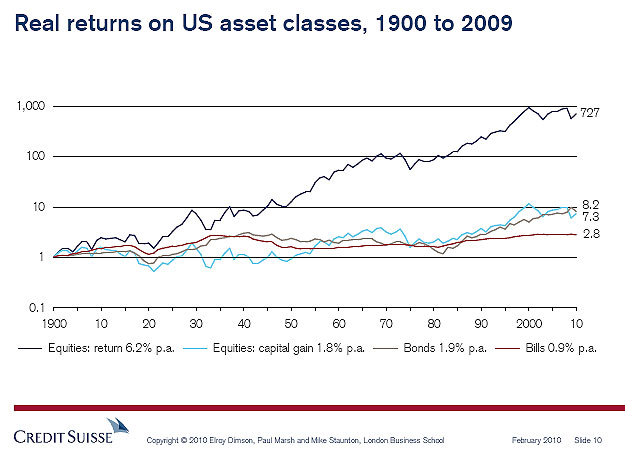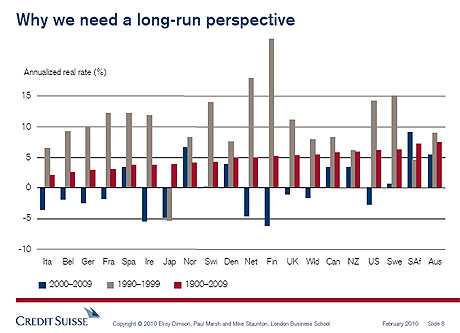The S&P’s Platinum Portfolio consists of the top rated stocks from the Standard & Poor’s Fair Value Portfolio and its Stock Appreciation Ranking System (STARS). To be eligible in this portfolio, all stocks must carry a 5-STARS rating and a Fair Value Ranking of 5.
The table below lists the 5-STARS rated stocks in the portfolio as of February 19th:
[TABLE=399]
New York Community Bancorp (NYB) currently has a dividend yield of 6.40%. With the purchase of AmTrust Bank of Cleveland, Ohio the bank is expanding from its traditional footprint to Ohio, Arizona and Florida. The food products company General Mills (GIS)Â and the world’s largest retailer Wal-Mart (WMT) are also in this list.


